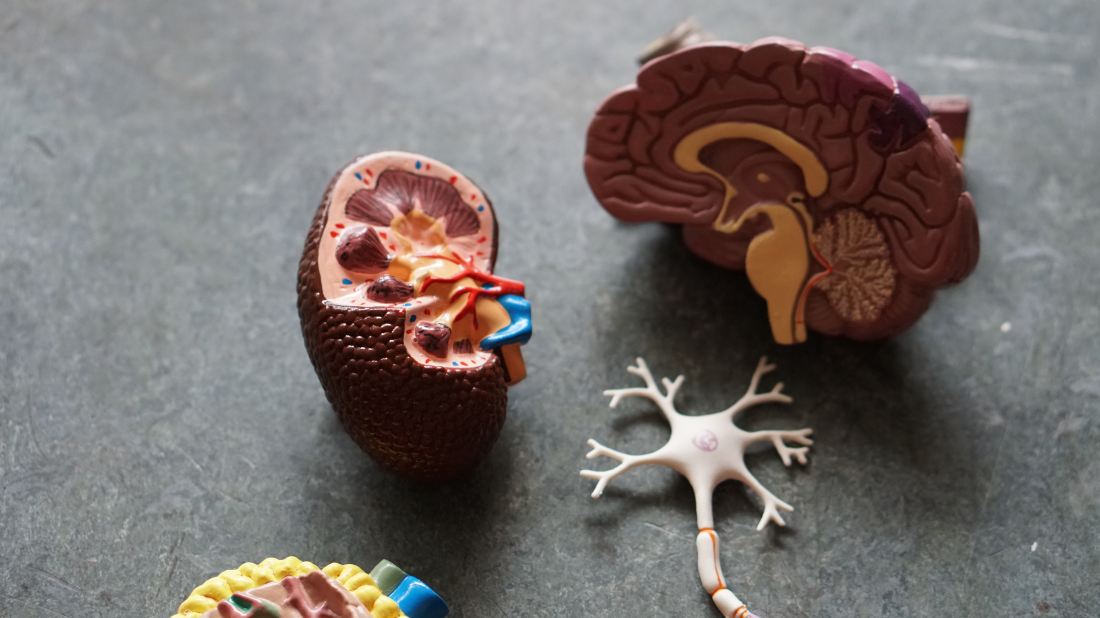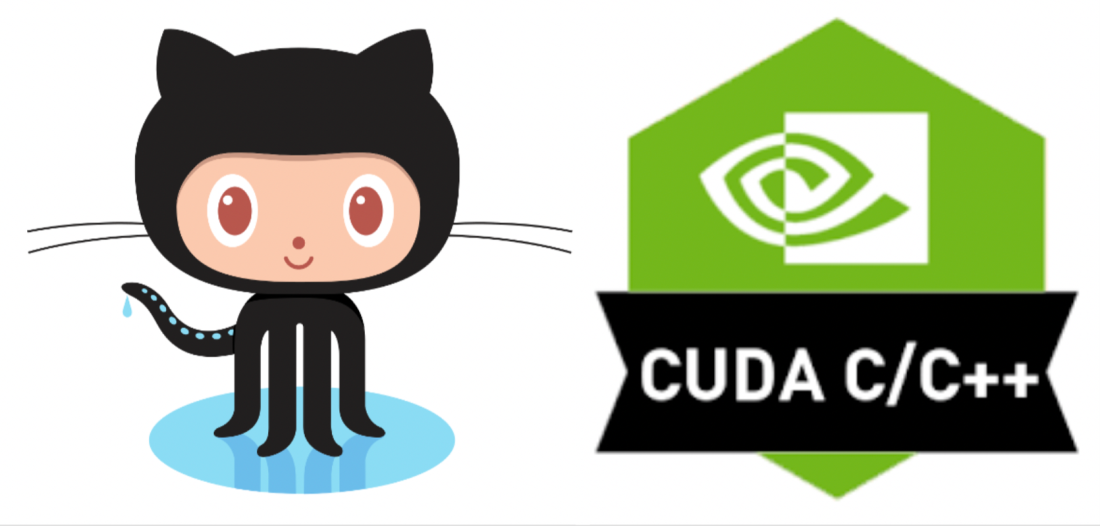It’s been a long time since my last post and now you can all know the reason why. I have been working on an Applied ML project at Deepmind to detect Acute Kidney Injury (AKI) earlier than current hardcoded rule-based systems.
For those of us that don’t remember much biology: the kidney is a filter in your body and gets rid of all the toxic waste produced by your cells. If your kidney isn’t working well, these toxins will accumulate and poison the patient. That’s why people go into hemodialysis, to clean up these toxins using an external device. Note that hemodialysis is extremely invasive and awful, the person may fell wasted, unable to walk, extremely nauseated… See Michael’s story here, which was a great personal inspiration to work on this problem.
AKI is an extremely serious issue and if not treated in time, it may cause life lasting sequelae or even death. Around 100,000 people in the UK and 500,000 people in the USA have AKI related deaths each year.
Our model uses Recurrent Neural Networks (RNNs) to process the events that happen to a patient sequentially and outputs a risk score of that patient having an AKI within the next 48h. This can enable earlier care and maybe prevent irreversible damage, but this has to be validated when a system like this is deployed and used live in hospitals.
Here are some links to the paper and some press coverage:





